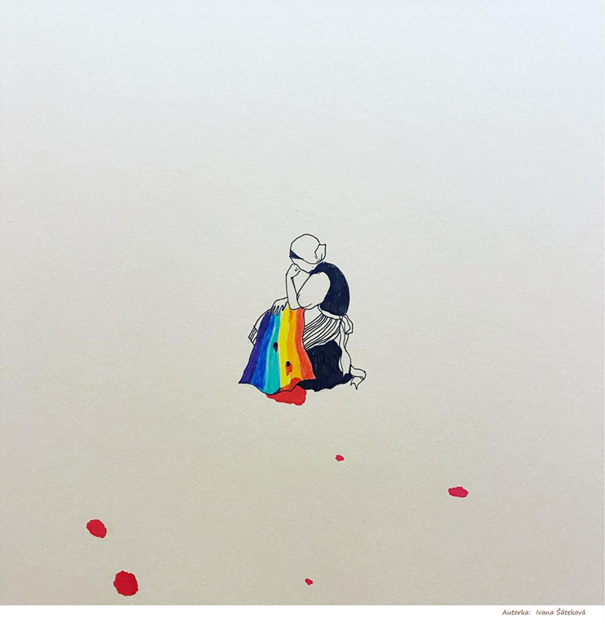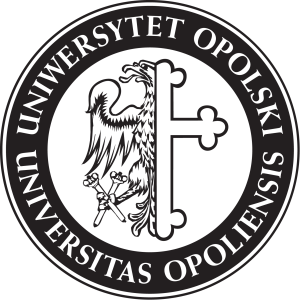Module 5 Part 1
Case Study A: Segregation of Romani children in primary education.
Reference material: A comprehensive study by Amnesty International and the European Roma Rights Centre highlights systemic issues where Romani children are often placed in Roma-only mainstream schools or special schools for children with "mild mental disabilities"[1][2].
The report includes detailed case studies from four locations in eastern Slovakia: Šarišské Michaľany/Ostrovany, Moldava nad Bodvou, Rokycany, and Krompachy. These case studies illustrate the widespread and systemic nature of segregation and discrimination in the education system[1].
Timeline of Romani Children Segregation in Slovakia
1984
Enactment of the School Act 29/1984 establishes the right to free primary and secondary education. However, its provisions for special education disproportionately affect Romani children.
1990s
Post-communism, social and economic shifts exacerbate segregation. Many Romani children are placed in special schools or segregated classes within mainstream schools. [1]
2002
Preparatory ("zero-grade") classes are introduced to help children catch up with their peers. These classes are optional and often attended predominantly by Romani children who missed pre-school education. [1]
2004
Slovakia joins the European Union, which brings increased scrutiny and pressure to address issues of discrimination and segregation. Despite this, significant challenges remain in integrating Romani children into mainstream education. [1]
2005
Reports indicate that Romani children constitute up to 80% of pupils in special schools in some regions of Slovakia. These children receive a substandard education and have limited opportunities to integrate into mainstream schools or advance beyond compulsory education. [1]
2007
The European Court of Human Rights rules in the case of D.H. and Others vs. the Czech Republic, highlighting the unlawful segregation of Romani children in special schools. This case sets a precedent for similar issues in Slovakia. [1]
2008
Slovakia enacted the School Act 245/2008, which lacks clear definitions and tools to tackle segregation effectively. [1]
2016
Reports indicate that nearly 60% of students in special education in Slovakia are Romani, with Romani children being 28 times more likely to be placed in special schools compared to their non-Roma peers. [1]
2017
Amnesty International and the European Roma Rights Centre (ERRC) released a joint report documenting the systemic denial of education rights to Romani children, who are often placed in segregated schools or classes. [2]
2023
The European Commission brought Slovakia to the European Court of Justice for violating the Race Equality Directive, marking the first time an EU Member State has been taken to court for such an issue. [3]
2024
Amnesty International Slovakia highlights ongoing issues with segregation, including the practice of "two-shift operation" where Roma children study in the afternoons due to the lack of classroom capacity. [3]
2026 (Projected)
The Slovak government plans to abolish the "two-shift operation" in most schools, funded by the EU's Recovery and Resilience Plan. [3]
[3]: Amnesty International Slovakia [1]: Amnesty International [2]: European Roma Rights Centre (ERRC)
References
[1] Slovakia: Roma children and the right to education: Factsheet
[2] Still separate, still unequal - amnesty.eu
[3] EU must fight root causes of racial discrimination against Roma ...
Case Study B: Tepláreň shooting and hate crimes targeting LGBTQ+ communities
On October 12, 2022, the Tepláreň shooting in Bratislava highlighted hate crimes and right-wing extremism in Slovakia. A 19-year-old gunman targeted the LGBTQ+ community, killing two and injuring one individual. [1][2].
The shooter, identified as Juraj Krajčík, had posted a manifesto online expressing extremist views, including anti-Semitism, homophobia, and white supremacy[1][2]. The attack was classified as a terrorist act, highlighting the growing concern over radicalization and hate crimes in Europe[1][2].
This case has prompted discussions on the need for better protection and support for marginalized communities, as well as more effective measures to counteract radicalization and hate speech[2][3].
References
[1] 2022 Bratislava shooting - Wikipedia
[2] ‘Radicalized teenager’ killed two outside Slovakia gay bar, prime ...
[3] LGBTQ+ rights situation at home drives young Slovaks abroadWatch short video footage where Slovak President Zuzana Čaputová shows solidarity with the LGBTQ+ community after killings.
This artwork by Ivana Šáteková serves as a profound visual metaphor, merging cultural heritage and modern struggles for inclusion. The seated woman in traditional attire symbolizes rootedness in history and identity, while the vibrant rainbow on her garment represents the fight for diversity, acceptance, and LGBTQ+ rights. The red stains evoke themes of sacrifice, pain, and resilience, reminding viewers of the cost of progress toward equality.

What do you think are the most frequent reasons for discrimination and hate crimes?



